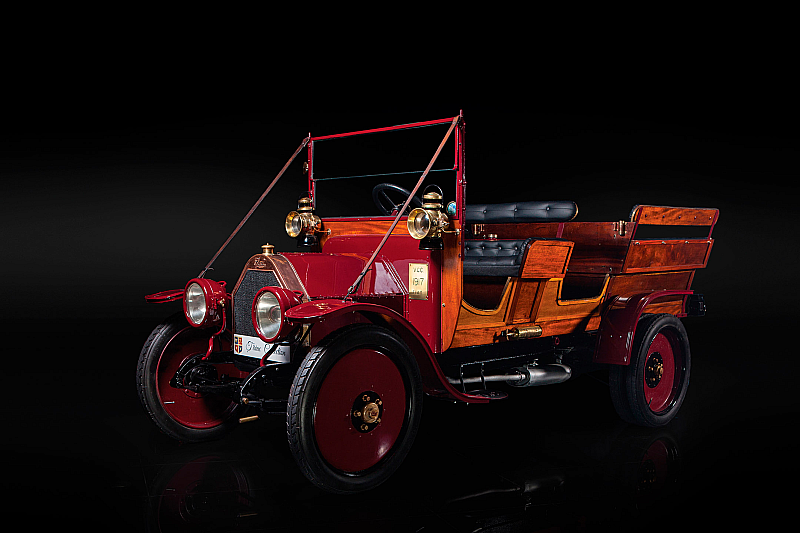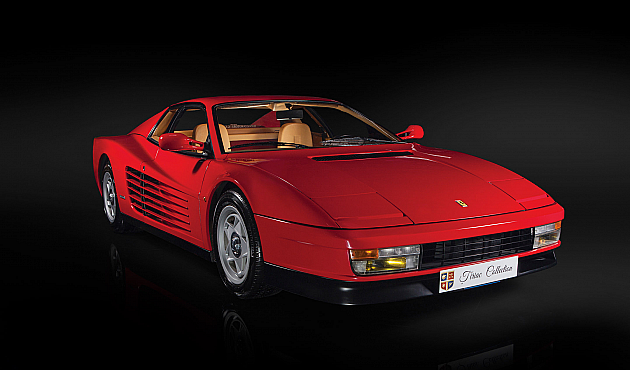Istorie
The example offered here is one of the many Tipo 2Bs supplied to the military during WWI. The Wagonette has been known to the FIAT Register for over 50 years since its discovery and restoration in Yorkshire.
Full description
Founded in Turin in 1899 by a group of aristocratic motoring enthusiasts, FIAT (Fabbrica Italiana Automobili Torino) built its first car in 1900 and by the outbreak of WWI was out-producing all of its British rivals. After a succession of small twins and fours, medium and large-capacity models including a number of leviathan racers dominated the FIAT line-up in its early years. Then, in 1908, the firm introduced the 'Taxi', a modest, 2.2-litre, four-cylinder model that would point the firm in the direction of its future prosperity. Intended, as its name suggests, for urban public transport, the Taxi was introduced at a time of economic downturn that made its commercial success all the more welcome.
The Taxi's successor was the Tipo 1, a 1.8-litre four built between 1910 and 1912 alongside the otherwise identical 2.6-litre Tipo 2. After only a couple of years the duo were superseded by more powerful 1A and 2B versions, but whereas the former retained its original engine the latter's was enlarged to 2.8-litres. In this form the Tipo 2B was produced into the early 1920s in both passenger car and commercial vehicle configurations, the latter with a slightly different chassis frame. The commercial Tipo 2B retained the original radiator style when the cars changed to the pear shaped design during 1915, while other differences included detachable disc wheels, doubled up at the rear.
The example offered here is one of the many Tipo 2Bs supplied to the military during WWI. Finished in maroon with black upholstery, it example carries six-door, 12-seater, open wagonette coachwork. The car has the 2,815cc monobloc engine and is to standard mechanical specification with magneto ignition, four-speed gearbox, torque tube transmission, bevel final drive and semi-elliptic springing all round. Fuel feed to the carburettor is now by gravity, while other noteworthy features include electric headlights and taillights and a large klaxon horn.
This car has been known to the FIAT Register for over 50 years since its discovery and restoration in Yorkshire. The accompanying old-style buff logbook (issued 1963) lists Anthony Setterington-Dunning of Huddersfield as owner followed by Arthur Hutt of St Annes-on-Sea, Lancashire from 1974. The vehicle started its career with a van body, the present wagonette bodywork being fitted in the 1960s when it underwent full restoration.





